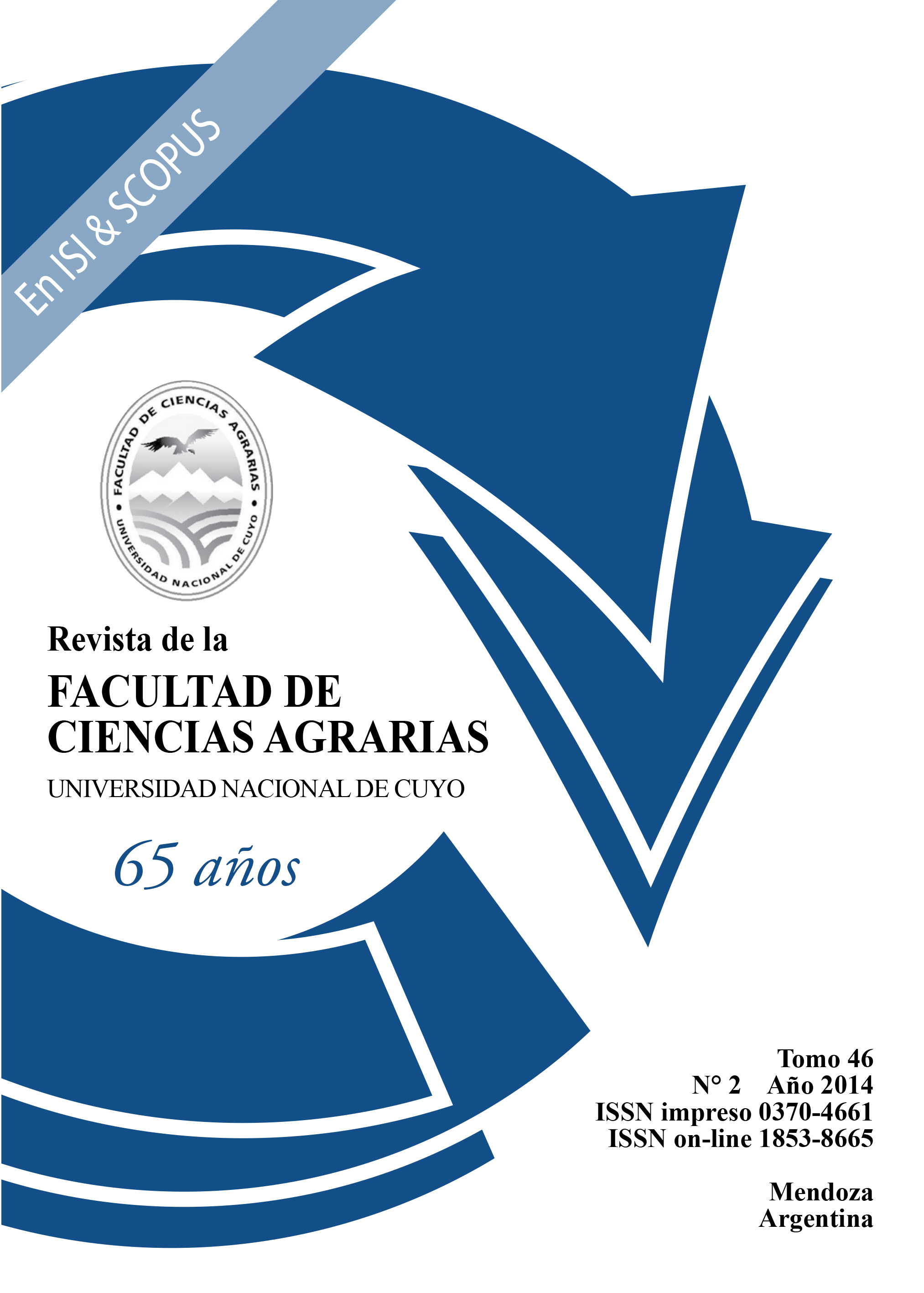Isolation, selection and characterization of cellulolytic fungi from soil samples in Manabí-Ecuador
Keywords:
filamentous fung, fungal inoculum, composting, ecological plasticityAbstract
The research aimed to isolate, select, and characterize cellulolytic filamentous fungi from soil for future implementation as inoculum in the composting of fibrous organic waste. Five sampling environments were considered: organic agriculture (OA); conventional agriculture (AQ); artificial forest (BM); sugarcane area (RC) and compost piles (AC). For the isolation, serial dilutions were plated onto Agar-Sabouraud cellulose. The grown colonies were purified by depletion until obtaining a strain collection of 131cellulolytic fungi. The selection criterion was the growth on nutrient agar with modification of the carbon source by carboxymethylcellulose, and its positive reaction for red congo test, in which clear zones around colonies were observed on 48 cellulolytic fungi, from which fungi that displayed the highest ratio of halo were selected (AO-1 , AO-2 , AO-4 , AO-5, AO-6 , AO-8, AQ- 3 , AQ-8 and RC-3) growth was evaluated at different pH values (3, 5 , 7, 9 ) and temperature (50 -70°C). The AO-8 showed higher halo fungus cellulose hydrolysis with 10.33 mm of growth and stability at different pH and temperature levels; so their growth dynamics are determined by finding logarithmic response until 96 hours; furthermore amylolytic and pectinolytic capacity was evaluated reflecting 11.75 and 2.75 mm, respectively. According to these results, the AO-8 fungus has potential to be used as inoculum for composting.
Downloads
Published
Issue
Section
License

This work is licensed under a Creative Commons Attribution-NonCommercial-ShareAlike 3.0 Unported License.
Aquellos autores/as que tengan publicaciones con esta revista, aceptan las Políticas Editoriales.



